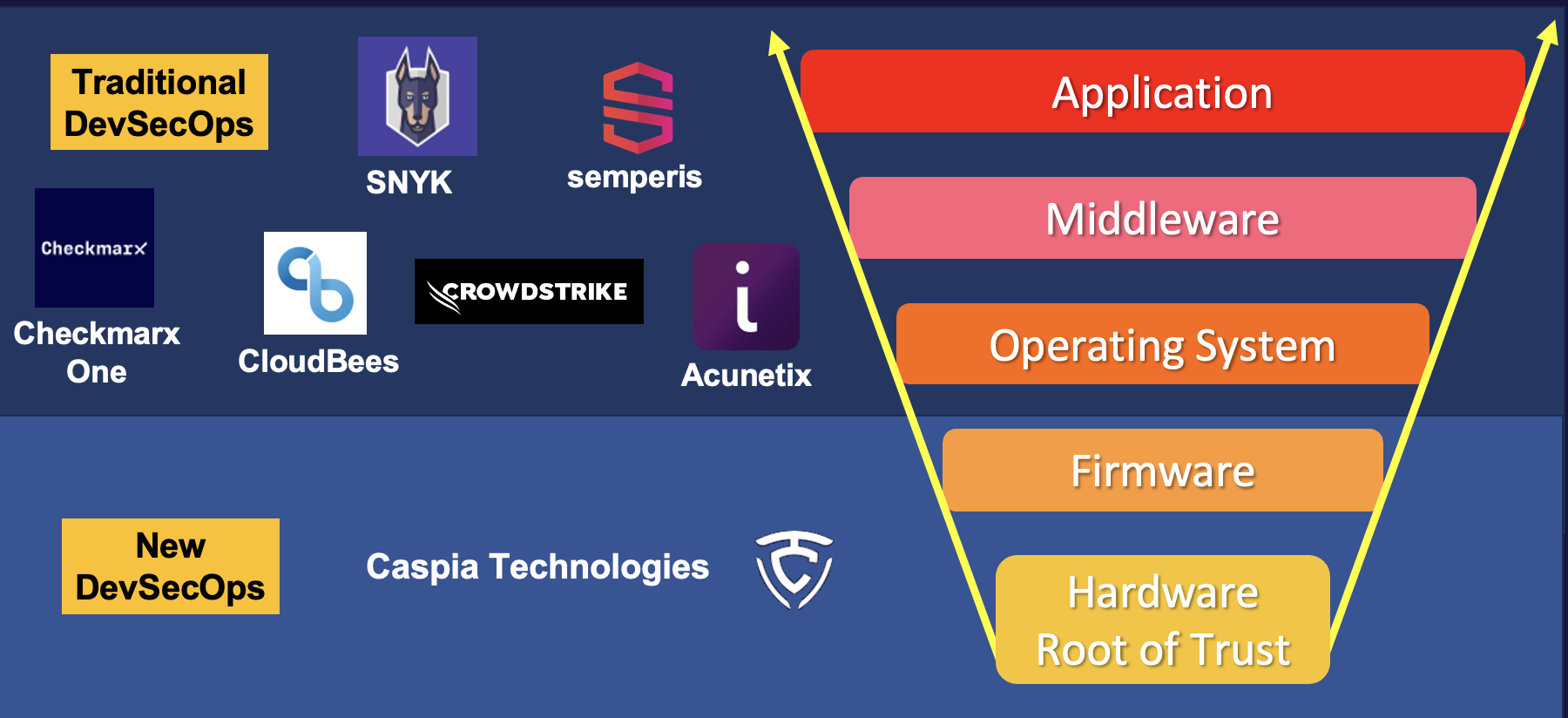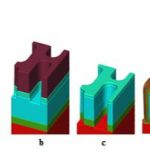You are currently viewing SemiWiki as a guest which gives you limited access to the site. To view blog comments and experience other SemiWiki features you must be a registered member. Registration is fast, simple, and absolutely free so please,
join our community today!
Are you interested in any of these?
- Internet of Things
- Trends and Forecast for Fabs
- Inflections Points
- Semiconductor CAPEX
- Cost Effective Scaling
- Prospects for 450mm
- Future of EUV
- Mobile Machine Learning
- Robotics/Drones
- Cybersecurity
- Used Equipment Markets
- World Fab Databases
- Free breakfast
No? Then I think you got the wrong… Read More
My favorite IoT device is a cycle-computer from CatEyeand it has GPS for tracking my bike routes, and an LCD display that shows me speed, cadence, heart rate and time. After each ride I connect my CatEye device to a USB connector, upload my data to Strava.com, and then see how I’m doing versus other cyclists and my own personal… Read More
Starvision Pro from Concept Engineering is a bit like one of those Leatherman multi-tools, it has a huge number of different functions, some of them fairly specialized but nonetheless incredibly useful. Many of these functions are unique to Starvision Pro, with nothing else like it on the market. Some new videos, produced by EDA… Read More
With today’s ArF based lithography using 193nm wavelength light, we are hard up against the limitations imposed by the Raleigh equation. Numerous clever things have been devised to maximize yield and reduce feature size. These include 2 beam lithography, multiple patterning, immersion litho processes to improve NA, thinner… Read More
At the end of last month during ISSCC there was a forum organized by the SOI Consortium. It took place in San Francisco at the Palace Hotel (which, if you have never been there, is famous for converting its old entryway for carriages into an amazing dining room, and for a bar with a huge painting by Maxfield Parrish of the Pied Piper valued… Read More
Take a look at the figure below and tell me this information did not come from inside Apple. The question is: Was it voluntary or involuntary? Inquiring minds want to know! There are some minor surprises which I will get to in a minute but the actual source information is spot on to what I have heard the past few quarters. This spicy little… Read More
In my last blog here, I talked about last 30+ years of semiconductor IC market. While we have seen this market growing at CAGR of ~9% over last 30+ years, the CAGR of current decade is expected to be at just ~4%. Although the base size of the overall semiconductor IC market is quite healthy, expected to be at ~$378B by 2019, we cannot hope… Read More
Almost anyone that is active in IC design will be “in touch” with Electrostatic Discharge (ESD) at some time (pun intended). Preventing ESD related IC failures remains something like black magic—at least it’s easy to get that feeling when you are trying to debug ESD failures. I/O and ESD layouts that resulted in excellent robustness… Read More
In the traditional sense “Shift Left” is the process of making things simpler in an effort to make things faster. Shift Left was the theme of theDVCon keynote last week delivered by Synopsys co-founder and co-CEO Aart de Geus which is right on topic when it comes to modern semiconductor design and manufacturing, absolutely.
KEYNOTE:… Read More
Arteris Inc., a network-on-chip (NoC) interconnect IP solution provider, has joined hands with Texas Instruments Inc. to create an ultra-low-power chip that helps Internet of Things (IoT) devices go battery-less with energy harvesting and support coin cell-powered IoT operation for multiple years.
Another low-power MCU… Read More











AI RTL Generation versus AI RTL Verification